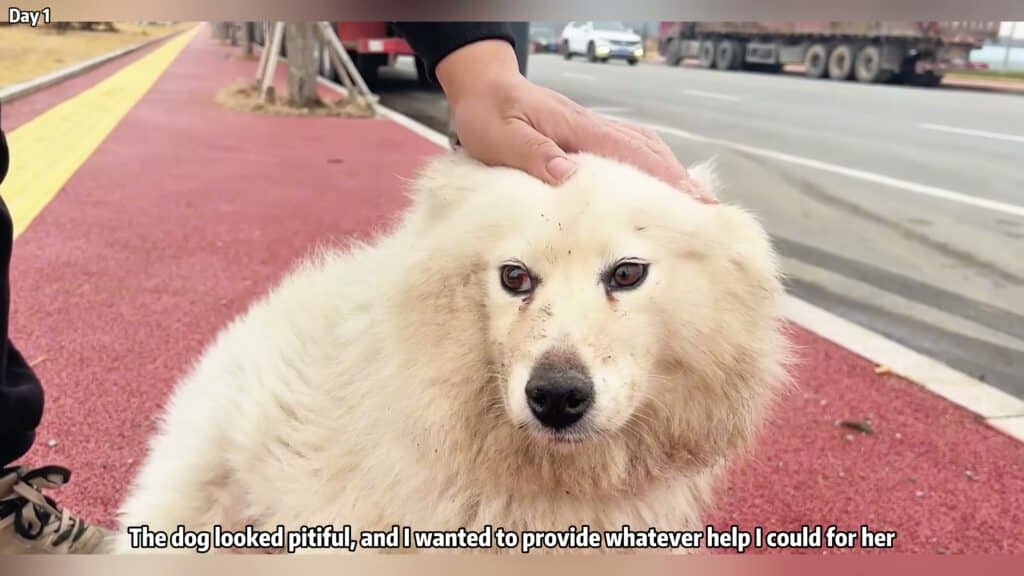Nine Years in Darkness, One Chance at Light: The Unforgettable Rescue of Rebirth
The Whisper of Suffering Somewhere, right now, a dog shivers in the cold. Somewhere, a forgotten soul waits. This isn’t just a story; it’s the reality rescuers face daily. It began with a call, a faint ripple of distress reaching the dedicated team at Forever Home Shelter. It spoke of a German Shepherd. Not just […]
Nine Years in Darkness, One Chance at Light: The Unforgettable Rescue of Rebirth Read More »






